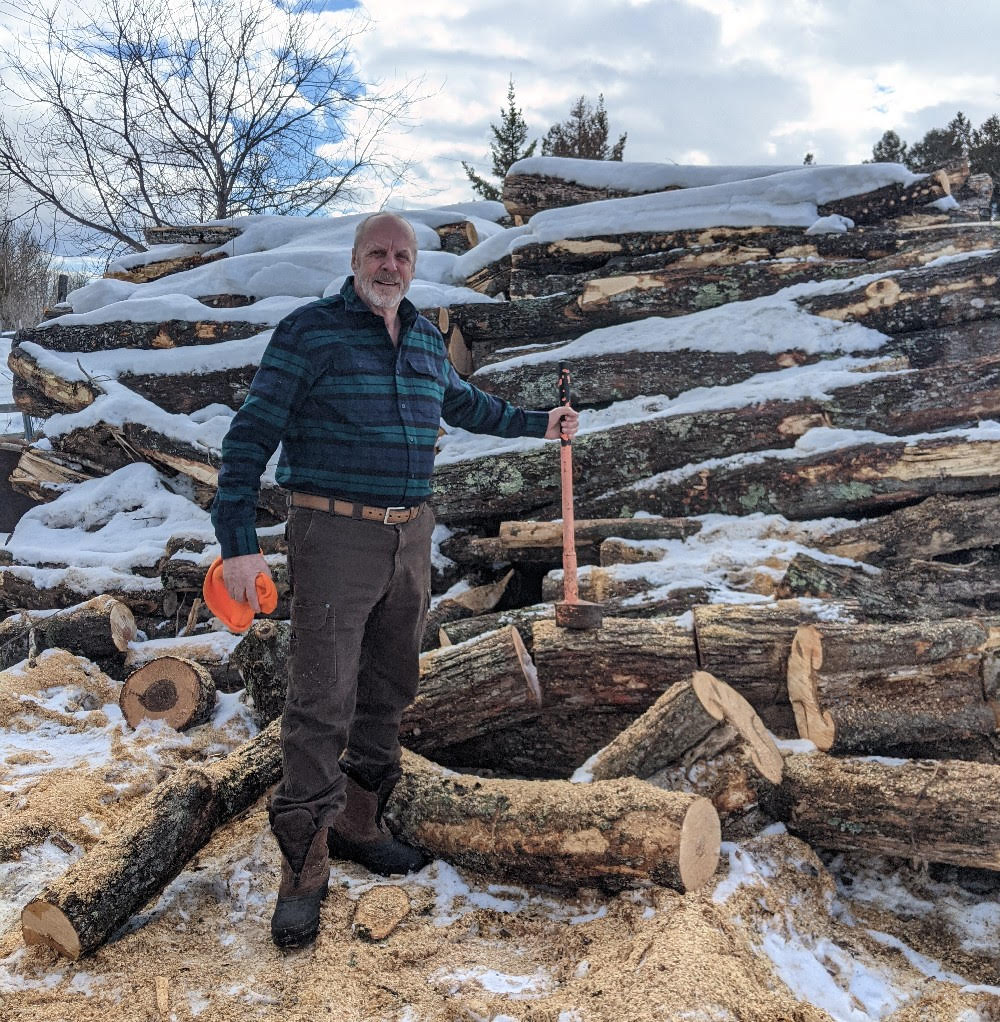(Ron Rademacher contributes weekly to GLN’s “Road Trip of the Week.” You can read more about Ron and his adventures at Michigan Back Roads.)
MONTROSE, Mich. (Great Lakes News and Michigan Back Roads) –
MORE NEWS: Independence Week Bill Aims to Fill Insurance Gaps for National Guard Troops
Curators love to use terms such like “one of a kind” or “historic” or “incredibly rare.” However, there’s a museum in Genesee County that can legitimately use those terms.
The Telephone Museum in Montrose boasts several one-of-a-kind items, extremely rare objects, and some of the largest specific category collections in the world. The museum is a town museum, genealogy center, and a telephone museum all rolled into one.
In a world that is increasingly digital, the analog and mechanical objects on display are amazing. For youngsters who have never seen a dial phone or lived in a world without Facebook, a trip to Montrose will be long remembered.
Consider the legendary string phone. The classic set up was two empty tomato soup cans connected by a length of kite string. You would punch a hole in the bottom of each can and feed the string through from the bottom into the inside of the can. Then you would tie a shirt button filched from Mom’s sewing kit to each end of the string. When pulled taut, that string would transmit sound. Your little brother would hold one can to his ear, and you could yell at him through the opening in the other can.
It works.
In fact, string phones would work at distances of a mile or more when manufactured with the proper earpieces and wire instead of string. A string phone from St. Ignace was the first phone in Michigan.
MORE NEWS: Ferry Feud: Lansing Backs Mackinac in Price Fight with Florida Owner
Just a few years after the string phone, technology had progressed to the point where the “Stoger Step Switch” was in common use. Basically, you would step into a phone booth and dial a number. As you dialed each number, a switch system would identify that digit and set the switch. When all the digits had been dialed, the “step switch” would send the signal to the phone down the line that matched those numbers.
The Montrose facility has a working Stoger Step Switch. Watch as someone dials a phone located inside a real live phone booth. The switching system sits next to the booth, and you can watch the switches identify the digit and light up the number on a screen. When all the numbers have been dialed, a phone on a stand nearby will ring and you can answer the call.
There are thousands of antique phones and associated items on display, so it’s a good idea to take the guided tour. A popular exhibit for many visitors is the collection of “character” phones. These were a departure from the utilitarian black bakelite phones of the 1950s and 60s. These were fun. There are super hero phones, Disney character phones and heroes from the old west. For me, the hands down favorite is the animated Tasmanian Devil phone. His ring tone is hilarious. These are all part of the largest public display of “character” phones in America.
There are a plethora of devices on display. There’s an early answering machine and a phone line tester. The museum houses the largest collection of Phone Pioneer pins in the world, commemorating the countless hours of volunteer work donated by Telephone Pioneers.
